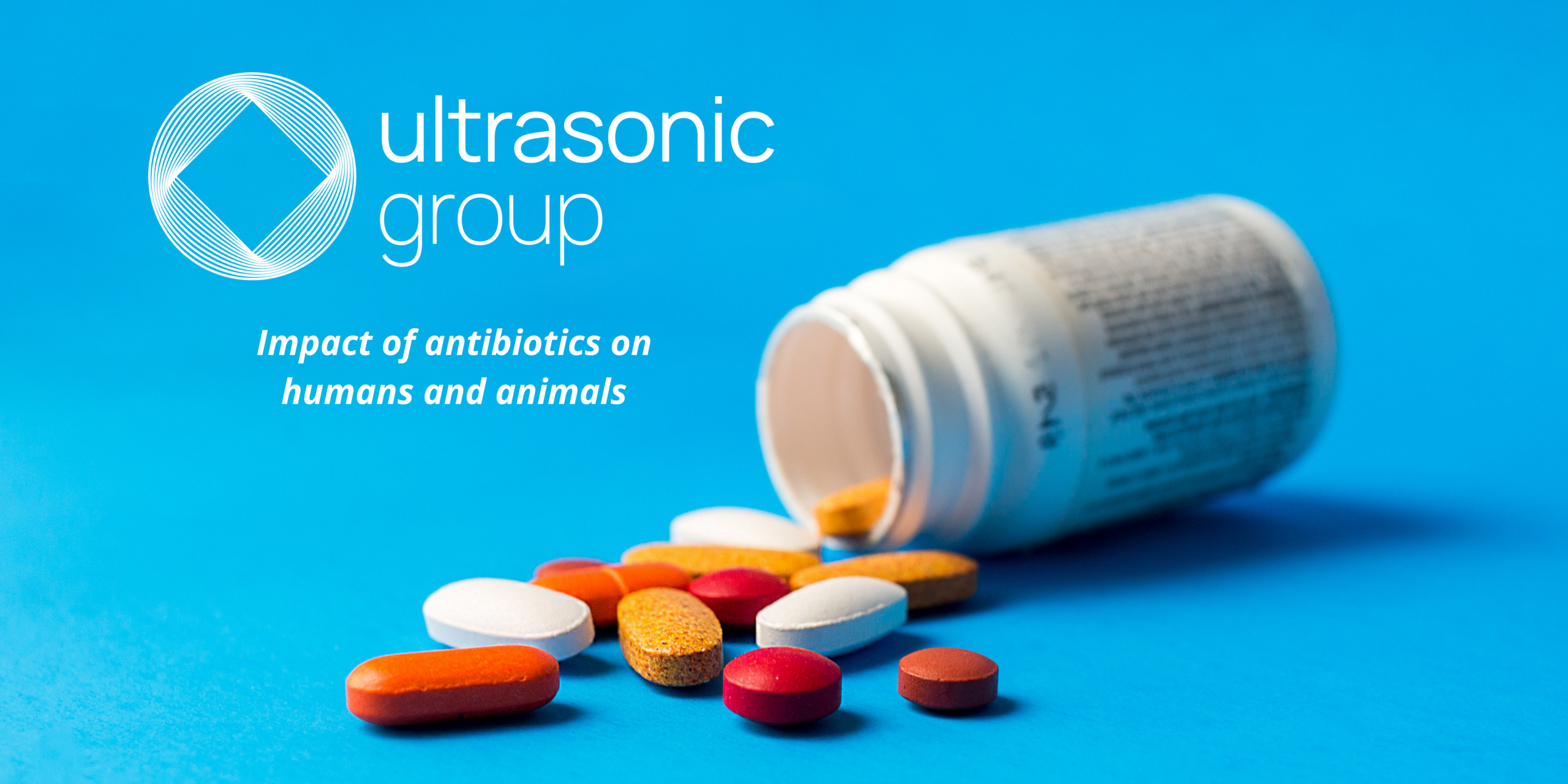In the Agro sector, farmers often have to deal with cattle that get sick from all kinds of diseases. They contract these diseases through contaminated drinking water, resulting in the farmer having to administer a lot of antibiotics to save livestock. However, what does all this antibiotics mean for the livestock and humans?

Antibiotics still play an important role in agribusiness today. For example, 0.5 million kg are used in the beef industry, 1.0 million kg in the poultry industry, and 1.4 million kg in the pig industry. This amount of antibiotics is used to prevent infections and diseases in livestock as it still appears to be a huge problem today. The most common diseases are related to bacteria such as E-coli and Salmonella.
In addition, antibiotics are also administered to livestock to increase productivity, with the goal of maximising meat yield.
So what do all these antibiotics mean for human health?
The antibiotics administered to livestock are one of the greatest threats to humans. In fact, it contributes to the spread of antimicrobial resistance (AMR). This resistance has implications for human health and food safety. This has already led to 2 million infections and 23000 deaths worldwide.
AMR causes many treatments worldwide to become ineffective or at least to have less effect than usual. In addition, people are at risk of being exposed to new pathogens through direct contact or eating contaminated food. For example, it appears that infections such as pneumonia, tuberculosis, and salmonellosis are already less effective to treat than before.
Sources